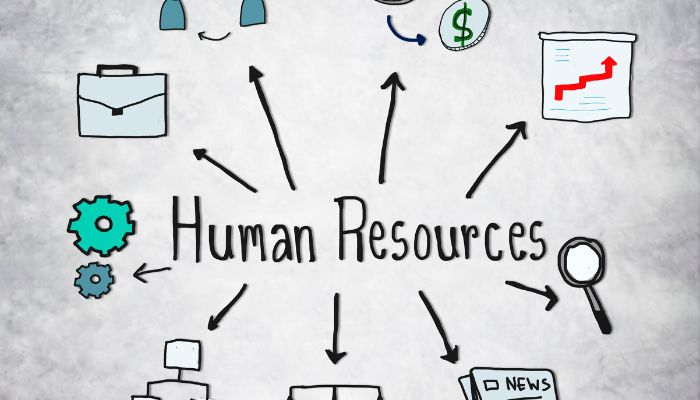HR experts always keep an eye on employee turnover, and rightfully so. It’s a metric that can add up quickly and is influenced by many internal and external factors, trends, and even one-off happenings can cause employee turnover in a particular quarter to spiral.
Of course, like all measurable metrics that lend themselves easily to strategizing at the division-level and organizational level, employee turnover too can be measured. It is the number of employees that were replaced in a given finite period. It can also be expressed as a percentage. Since talent acquisition is a costly exercise for which budgets are marked out ahead, employee turnover can be that negative metric which, with careful reasons and trends analyses of the driving factors, can be used to drive down costs.
Why talent shifts are part of every company’s big picture
Some of the main reasons that employees go looking for opportunities outside of organization is when they feel unfulfilled inside. They hope to find better compensation, work culture, or career progression outside, having exhausted hope of snaring them closer to their existing ground. This is a constant quest and one that’s found uniformly among all hierarchical levels. Therefore, working against employee turnover actively by creating engaging projects, growth paths, and reward packages that include a variety of trending, valuable benefits, is part and parcel of HR managers’ jobs.
However, the challenge of employee turnover is just too immense for HR policy makers and specialists to expect to have a decisive, uncomplicated outcome. Especially in situations like the ongoing pandemic which rocked the job market from different directions, the employee turnover rate is set to vacillate wildly. It may look unstirred for several quarters, but HR Officers (HROs) are better off expecting sudden departures, reports of burnout in the most unexpected quarters, and even absconding employees.
Employee turnover is akin to a time capsule – staged but unavoidable
HRs would do well to note that turnover cannot be attributed to any one project or policy decision. They have to do their parts in good faith and then move on to strengthening other avenues of talent acquisition, talent management, and retention measures. Despite these efforts, a proportion of the workforce that has felt stagnated or stressed over the pandemic months would find new job situations.
The flipside of employee turnover is that plenty of talent is available in the market, up for grabs for the recruiters looking through résumés with care. The time period for which most of the promising talent remain in this state of ‘being unspoken for’ is low. This is why HR operatives have to take action quickly, and keep the lag between steps small. These steps may be screening résumés, scheduling interviews and tests, moving the selected candidates along the line of progression, and onboarding them quickly by settling the all-important negotiation stages. This does mean that, in the short run, cost of wages, joining bonuses, and buyouts, may be high. In the longer term, however, this cost pays back in terms of finding talent in the market that wouldn’t have otherwise been available but for the pandemic and consequent employee turnover.
References:
- 1 in 4 Employees To Quit After Pandemic: 3 Ways To Deal With the Wave of Turnover | Toolbox.com | Bihu Ray | 16th February, 2021
- Employee Turnover | BambooHR | 2021






